Plank exercises are a great way to strengthen the core and stabilize the spine. But what if we told you that you could add some variety to your plank routine? That's where the Up Down Plank comes in. At Boardgains, we love incorporating this dynamic exercise into our fitness board game. In this article, we'll explore the many benefits of the Up Down Plank and how Boardgains makes it even more fun and engaging.

What is the correct way to do up down plank and what are some modifications?
How to PLANK PRESS
- Start in a push up position with hands placed directly under the shoulders.
- Lower the right elbow to the ground and then the left, coming into a forearm plank position.
- Push up through the right hand and then the left, returning to the starting push up position.
- Repeat the movement, alternating which arm moves first.
Rep Count: Each plank press counts as 1 rep.
Modification: Starting plank positon on knees. (Watch video for modification)
What is an Up Down Plank?
The up down plank is a dynamic variation of the traditional plank exercise. Instead of holding a static position, you'll alternate between a high plank and a low plank. This movement engages your core, as well as your shoulders, chest, and triceps. By adding movement to the exercise, you'll also increase your heart rate and burn more calories.
How to do an Up Down Plank
- Start in a high plank position with your hands directly under your shoulders and your feet hip-width apart.
- Lower your right elbow to the mat, followed by your left elbow, so that you're now in a low plank position.
- Lift your right hand back up to a high plank position, followed by your left hand.
- Repeat the movement, starting with your left elbow this time.
That's one rep. Aim to complete 10-15 reps, or as many as you can with good form.
Common Mistakes to Avoid
While the up down plank is a simple exercise, there are a few common mistakes that can compromise your form and effectiveness:
- Allowing your hips to sag: Keep your core engaged and your hips in line with your shoulders and heels.
- Rushing the movement: Focus on controlling the movement and moving smoothly between high and low plank positions.
- Letting your shoulders hunch up to your ears: Keep your shoulder blades engaged and relaxed away from your ears.
Up Down Plank Variations
If you're looking to add some variety to your up down plank routine, try these variations:
- Up Down Plank with a Twist: After lifting your hand to a high plank position, rotate your torso to one side and lift the opposite hand toward the ceiling.
- Up Down Plank with a Knee Tap: After lifting your hand to a high plank position, bring your knee up to tap your elbow before lowering back down to a low plank.
- Up Down Plank with Shoulder Taps: In the high plank position, lift one hand to tap the opposite shoulder before lowering down to a low plank.
Benefits of Up Down Planks
The up down plank offers numerous benefits for your body, including:
- Increased core strength: By engaging your core muscles, you'll improve your balance, stability, and overall strength.
- Improved upper body strength: The up down plank targets your shoulders, chest, and triceps, helping to build strength and definition in these areas.
- Increased calorie burn: The movement of the up down plank raises your heart rate, helping to burn more calories than a traditional plank.
- Improved coordination
Incorporating Up Down Planks into your Fitness Routine
Up down planks can be incorporated into your fitness routine in a variety of ways. Here are some ideas:
- Warm-up: Use up down planks as part of your warm-up to activate your core and prepare your body for a workout.
- Standalone exercise: Perform up down planks as a standalone exercise, aiming to complete several sets of 10-15 reps.
- Circuit training: Incorporate up down planks into a circuit training routine, alternating with other exercises to keep your heart rate up and your body moving.
- Finisher: Use up down planks as a finisher to your workout, completing as many reps as possible to end on a high note.
Safety Considerations
While up down planks are generally safe for most people, there are a few things to keep in mind:
- If you have a history of shoulder, wrist, or elbow injuries, you may need to modify the exercise or avoid it altogether.
- If you experience any pain or discomfort during the exercise, stop immediately and consult with a healthcare professional.
- Always maintain proper form to avoid injury and ensure the exercise is effective.
Tips for Success
Here are some tips to help you get the most out of your up down plank workouts:
- Engage your core throughout the exercise to maximize its benefits.
- Keep your movements controlled and avoid rushing through the exercise.
- Focus on quality over quantity. Aim for good form and proper engagement of your muscles.
- Don't forget to breathe! Inhale as you lower down to a low plank, and exhale as you lift back up to a high plank.
Frequently Asked Questions
What are the benefits of doing up down planks?
Up down planks offer numerous benefits, including increased core and upper body strength, improved calorie burn, and improved coordination.
How long should I hold a plank?
With up down planks, you'll be alternating between high and low plank positions rather than holding a static position. Aim to complete 10-15 reps per set, or as many as you can with good form.
Can up down planks help me lose belly fat?
While up down planks can help you build core strength and burn calories, they won't specifically target belly fat. To lose belly fat, you'll need to focus on a combination of healthy eating, cardio exercise, and strength training.
What muscles do up down planks work?
Up down planks primarily target your core muscles, including your abs, obliques, and lower back. They also engage your shoulders, chest, and triceps.
How often should I do up down planks?
The frequency with which you perform up down planks will depend on your fitness level and goals. As with any exercise, it's important to allow for rest and recovery between workouts. Start with 1-2 sets of up down planks per workout and gradually increase as you become stronger and more comfortable with the exercise.

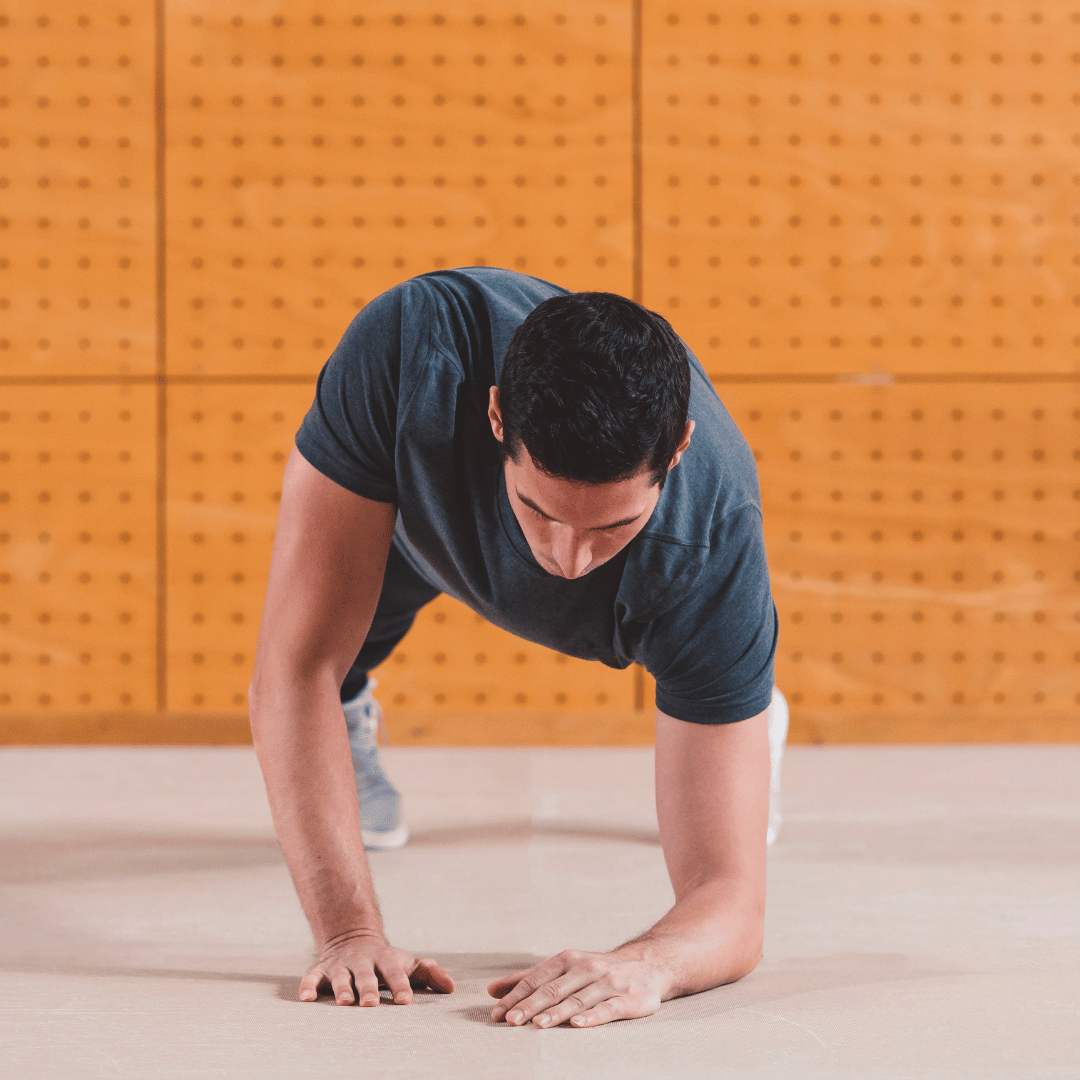
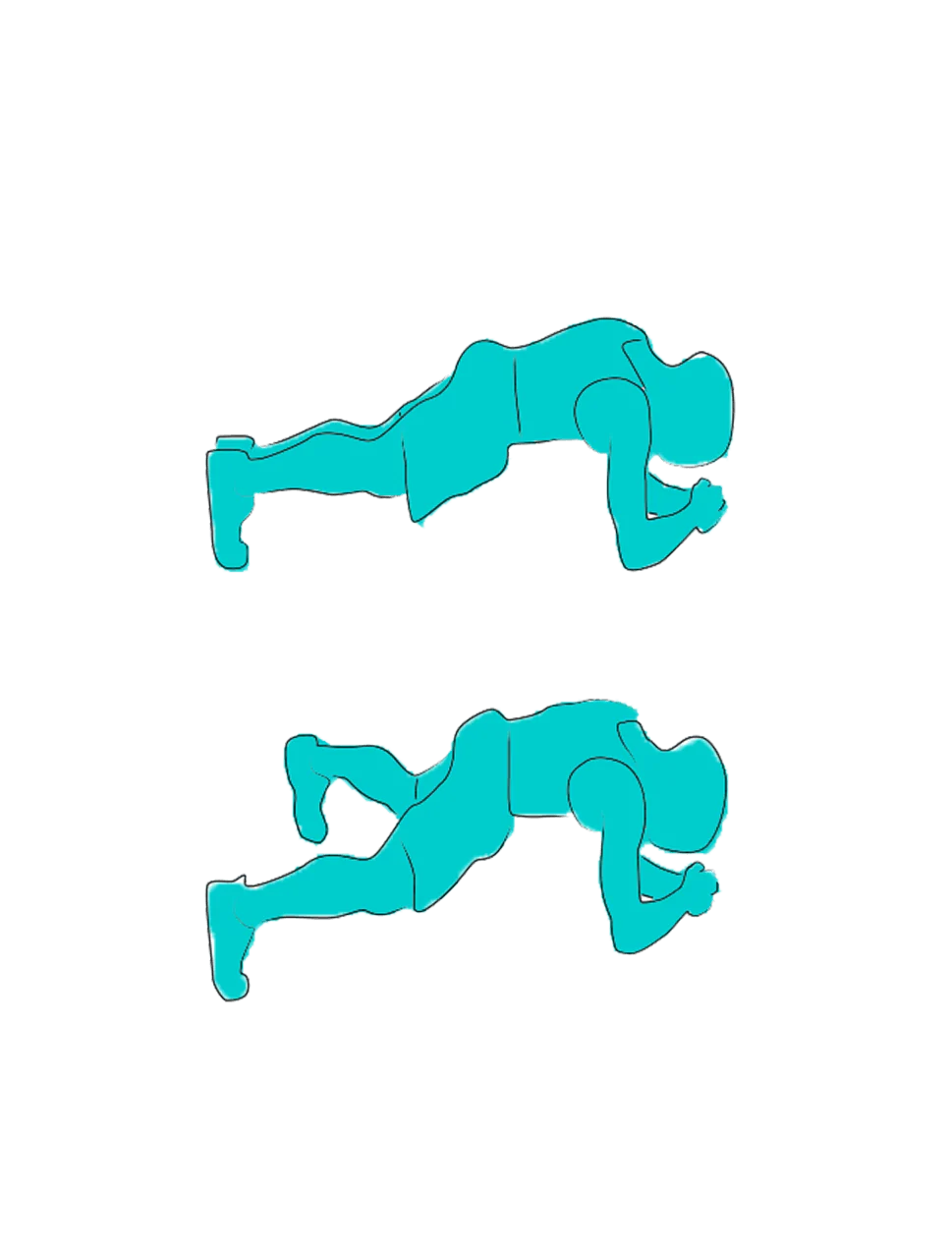
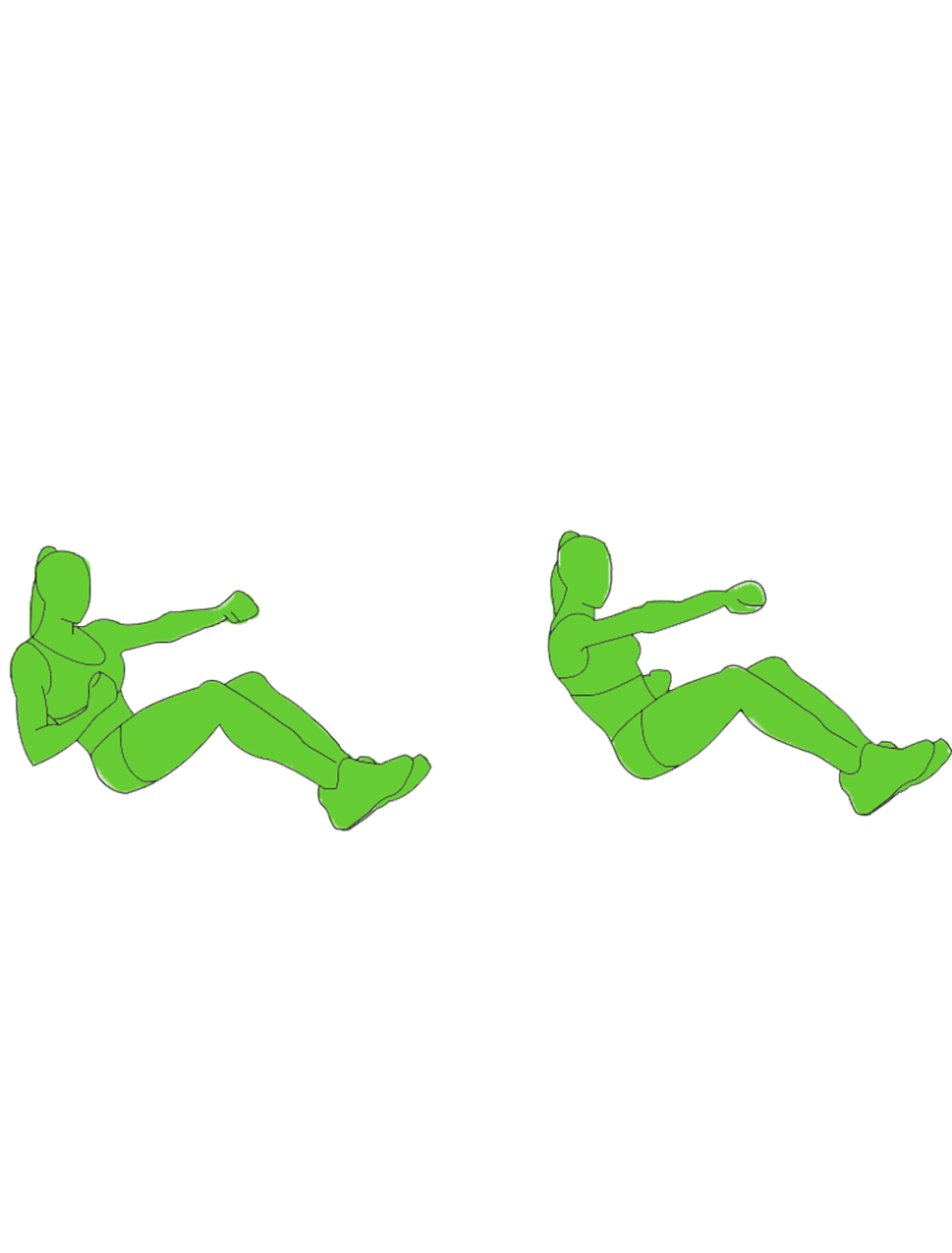
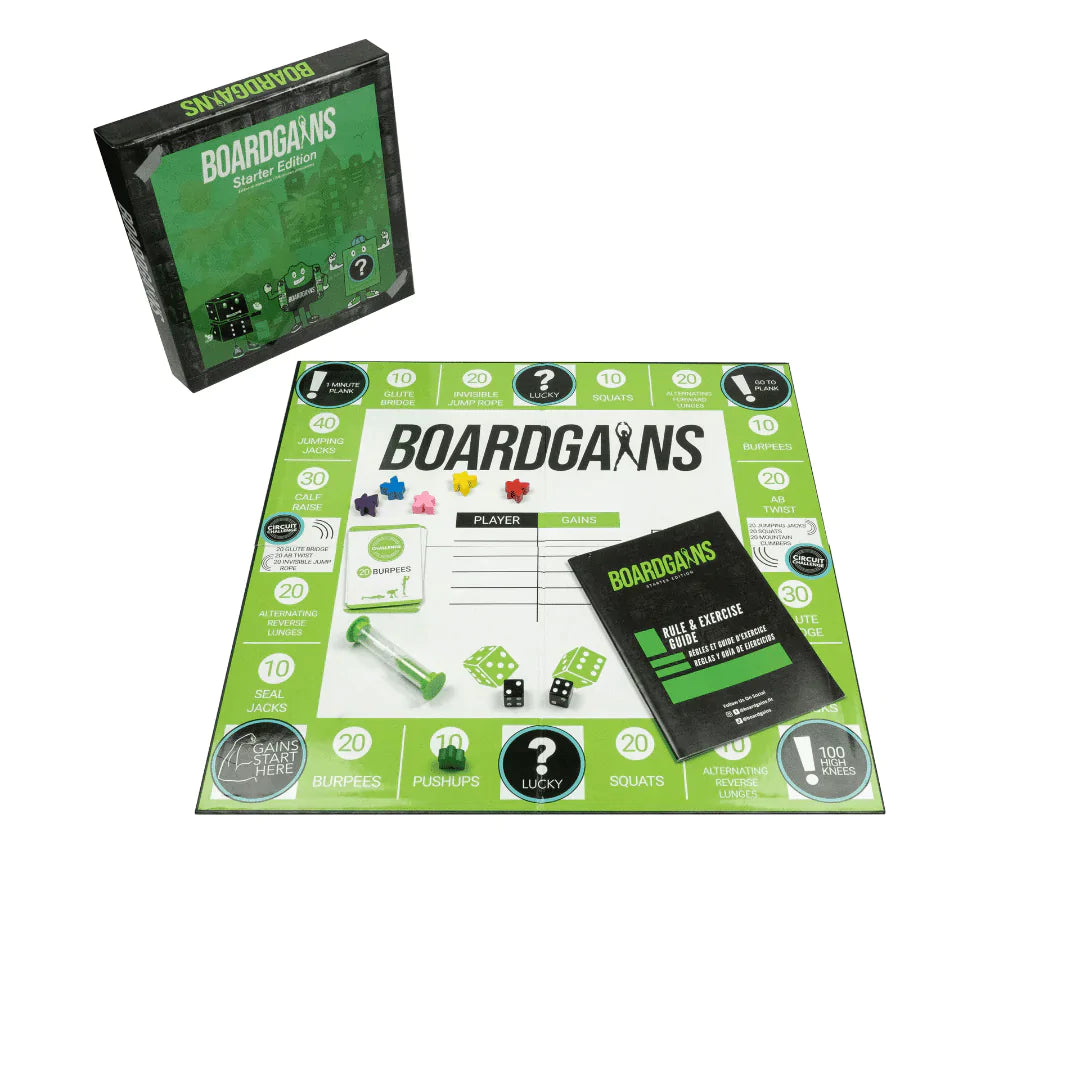
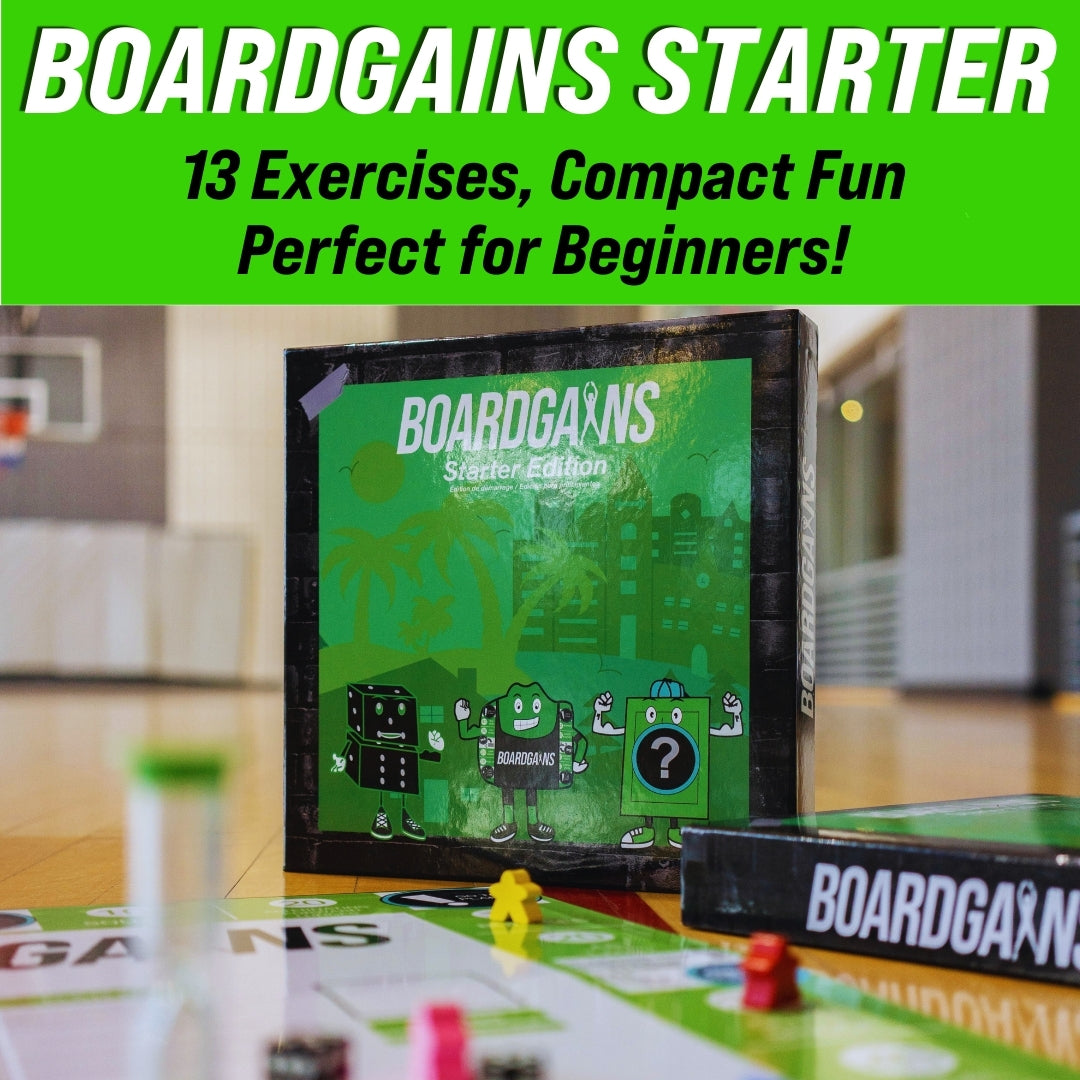




Leave a comment
This site is protected by hCaptcha and the hCaptcha Privacy Policy and Terms of Service apply.